Buying your first home is an exciting and stressful time. While it's exciting to finally have something that's yours (even if the bank technically owns it for the next 30 years), it's also stressful to realize that anything that goes wrong is no longer your landlord's responsibility to fix, but yours.
One of the most important (and expensive) things to repair is your home's roof, so anything you can do to extend its lifespan is worth it.
We've put together a roof preventative maintenance checklist of things you can do yourself on a regular basis to increase its longevity and save some money.
Do an Initial Roof Inspection to Create a Baseline
 Photo by Derek Thomson on Unsplash
Photo by Derek Thomson on Unsplash
While most roofing companies encourage homeowners to have their roof inspected a couple times a year, as a new homeowner, you may want to do it more frequently.
Your bank or insurance company may have required a professional inspection before they approved your mortgage or insurance coverage. If not, you'll want to take care of this right away to establish a baseline and address any immediate concerns.
Before you pull out the ladder, grab your binoculars instead. You can safely do a general inspection from the ground, and reduce the potential for damage from walking on the shingles or risk a fall.
Look for these areas of concern:
Missing or damaged shingles.
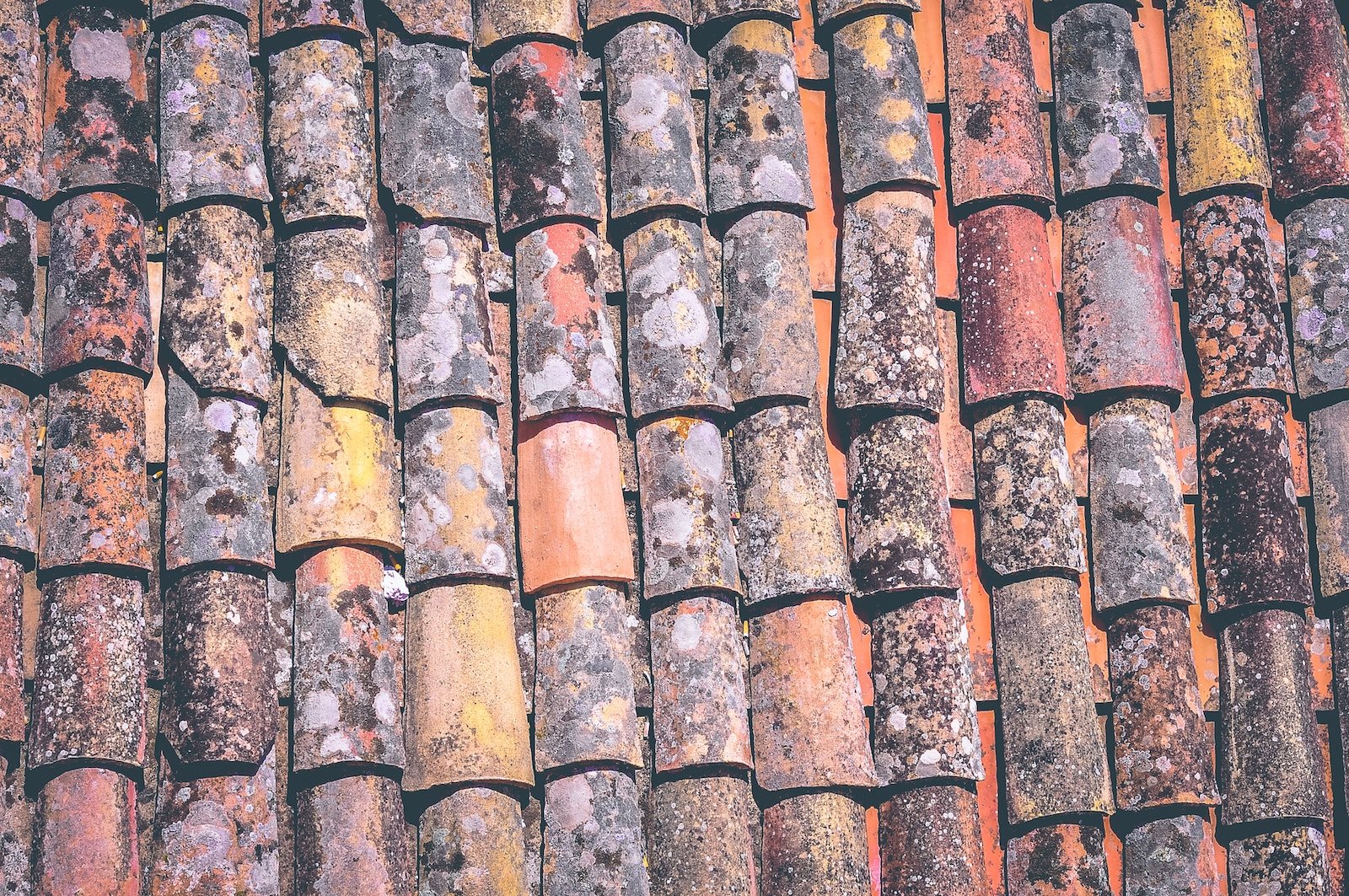 Photo by davide ragusa on Unsplash
Photo by davide ragusa on Unsplash
Curled or buckled shingles.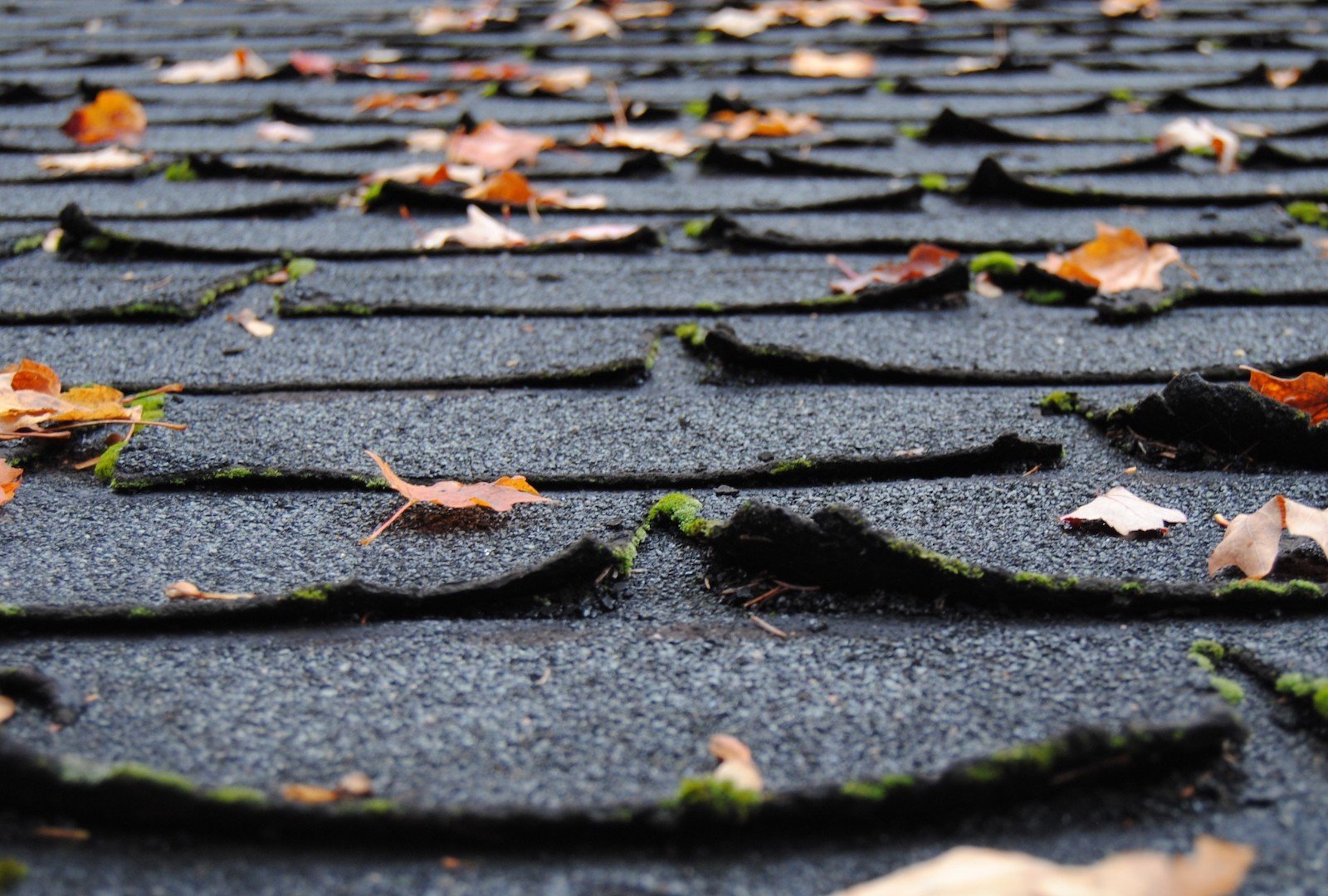
Bare spots on asphalt shingles.
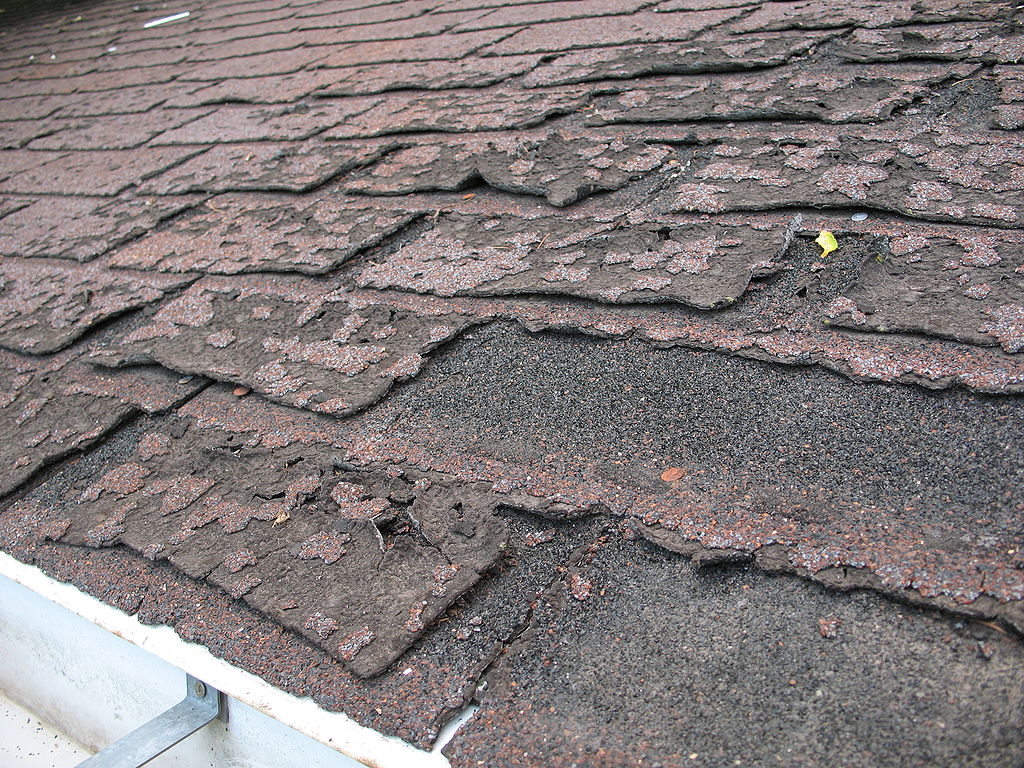 Image via Wikimedia Commons
Image via Wikimedia Commons
Cracked caulking.
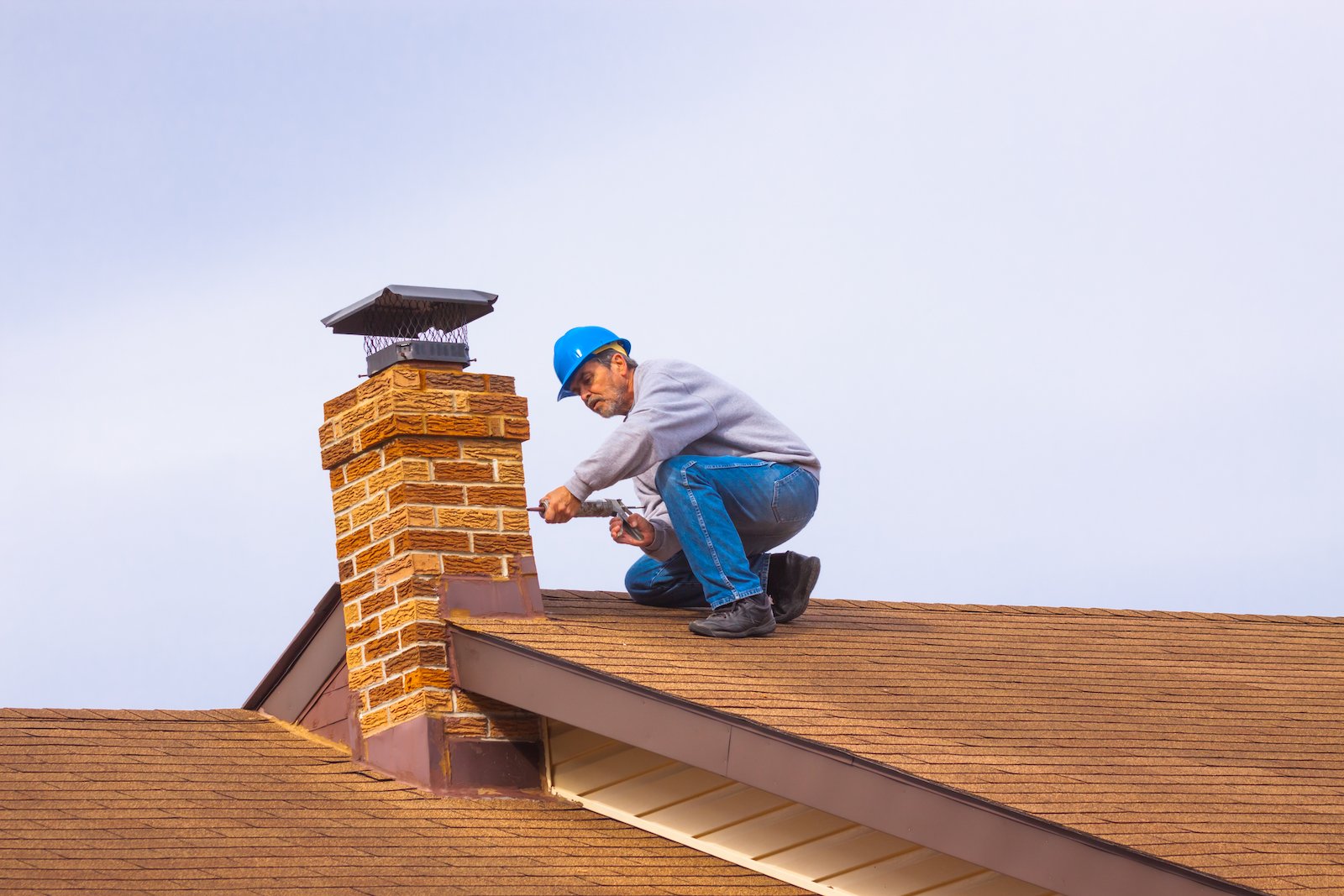 Rust spots on flashing.
Rust spots on flashing.
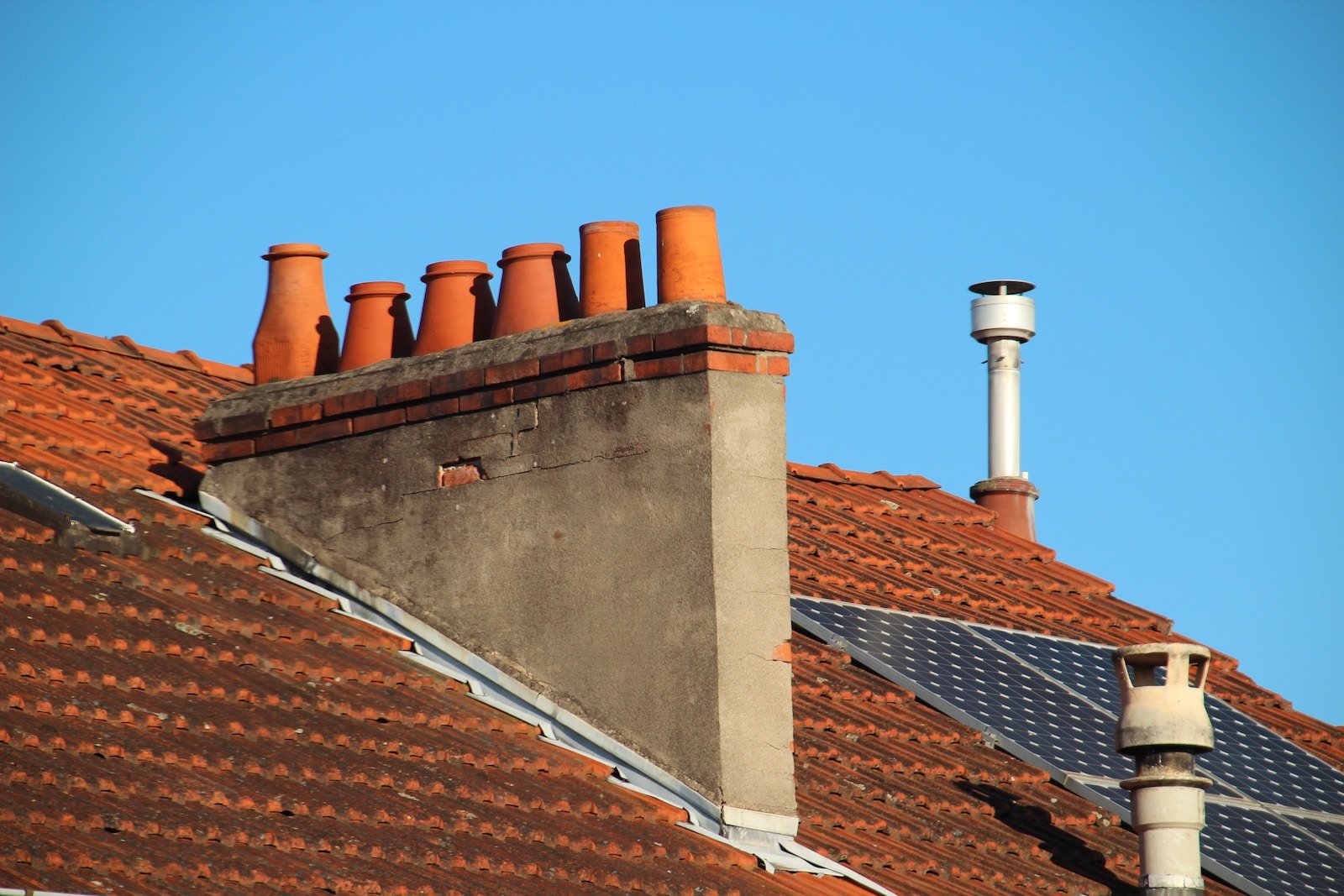 Photo by Baptiste Lioi on Unsplash
Photo by Baptiste Lioi on Unsplash
Large areas of moss or lichen.
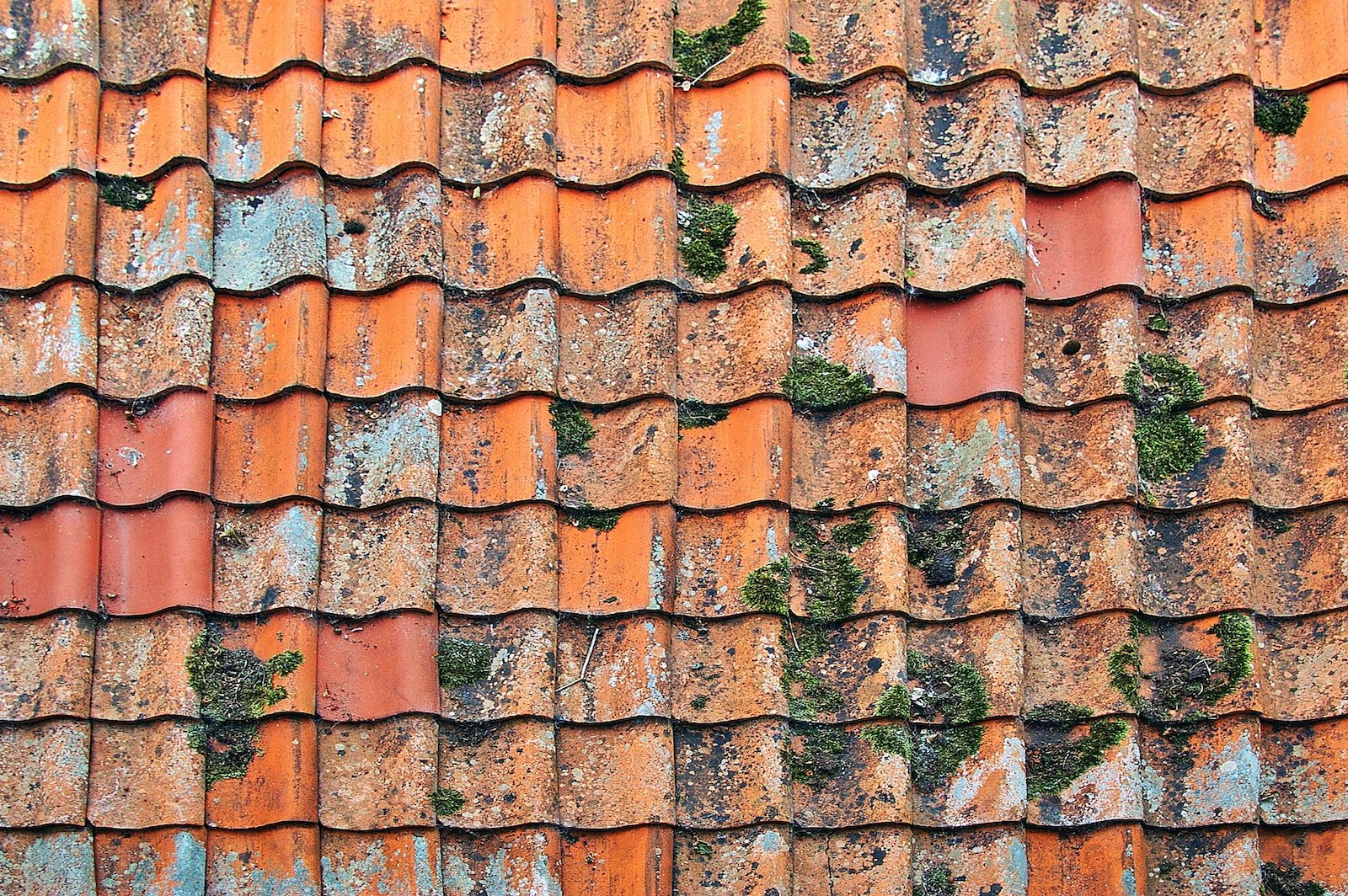 Photo by Andrew Buchanan on Unsplash
Photo by Andrew Buchanan on Unsplash
Peeling paint on roof overhangs.
 Photo by Marten Bjork on Unsplash
Photo by Marten Bjork on Unsplash
If you've noticed several areas of concern in your initial inspection, it may be indicative of more serious problems. Consider hiring a professional roofing company to do a more thorough examination.
Pro Tip: You may notice damage after your roof has endured the elements of a particularly harsh season. Inspect your roof before and after a severe storm, and after an extremely cold winter or intense summer.
The New Homeowner’s Roof Preventative Maintenance Checklist
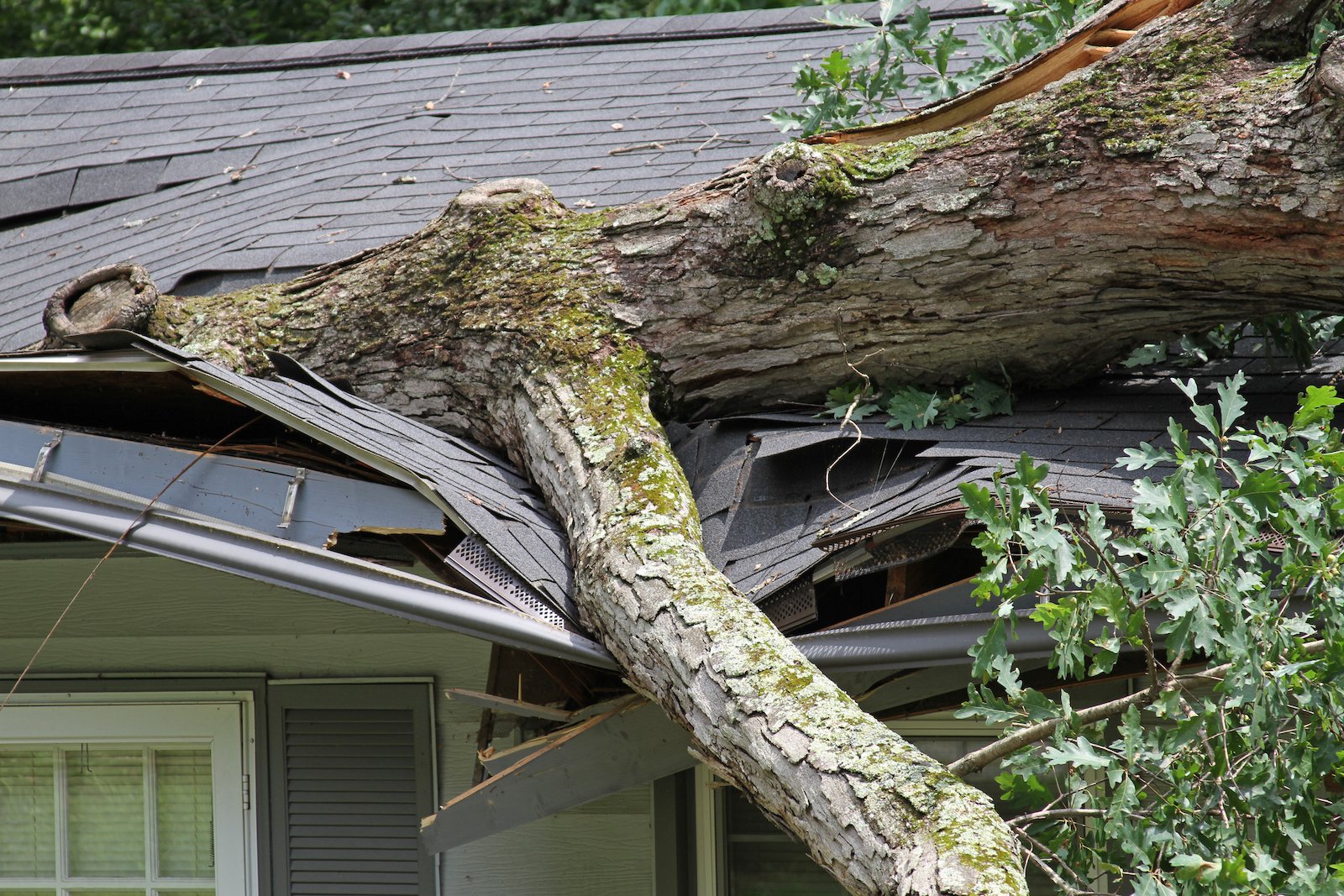 In addition to exterior inspections, take care of these regular maintenance items to extend your roof's lifespan:
In addition to exterior inspections, take care of these regular maintenance items to extend your roof's lifespan:
1. Clean out the gutters on a regular basis.
Your gutters are an integral part of keeping your roof dry. Rain and snow melt sheds from your roof into your gutters where it runs safely to the ground. If your gutters are clogged, water can pool on your roof and cause the roof and fascia to rot.
Clean out your gutters twice a year. Consider adding gutter guards if leaves and debris build up more often.
If you find a lot of loose gravel from asphalt shingles in your gutters, that's a sign of severe wear and it's likely time to replace your roof.
2. Trim your trees to lower the risk of damage.
Large, mature trees create a beautiful backdrop to your property but they can also create a significant threat to your roof. Overhanging limbs can break and fall onto your roof. Falling leaves can build up and trap moisture underneath. Trim overhanging branches to prevent damaged shingles, holes in the roof, and algae build-up.
3. Replace broken or missing shingles.
With age, regular asphalt shingles can wear thin or loosen and fall off. Any gaps in your roofing can allow moisture to build up causing leaks and rotting. Replace worn or missing shingles as soon as possible.
If you've got a metal roof, repair/replace corroded, damaged or loose panels. The same goes for tile roofs where there are loose, missing or damaged tiles.
4. Reseal and caulk around vents and pipes.
Your roof is vulnerable everywhere there's an opening such as chimneys, vents, pipes and skylights. Make sure you seal around these components with caulking or roofing tar to close gaps and reduce moisture infiltration.
5. Watch for signs of damage inside, too.
Don't forget to check inside your attic for signs of leaks, water stains, wet insulation, structural damage, mold or areas where light shines through. Don't stop there—look up at the ceilings on lower levels. Watch for cracks, water stains, or sagging along beams that may be signs of structural stress.
6. Insulate the attic.
In addition to making your home more comfortable and saving on utility bills, maintaining the proper amount of insulation in your attic will also help extend the life of your roof. It reduces heat transfer, reflects heat away from the roof, and protects the roof rafters from severe expansion and contraction. Consult with a professional to determine the proper amount of insulation needed.
Stay Proactive to Catch Roof Problems Early
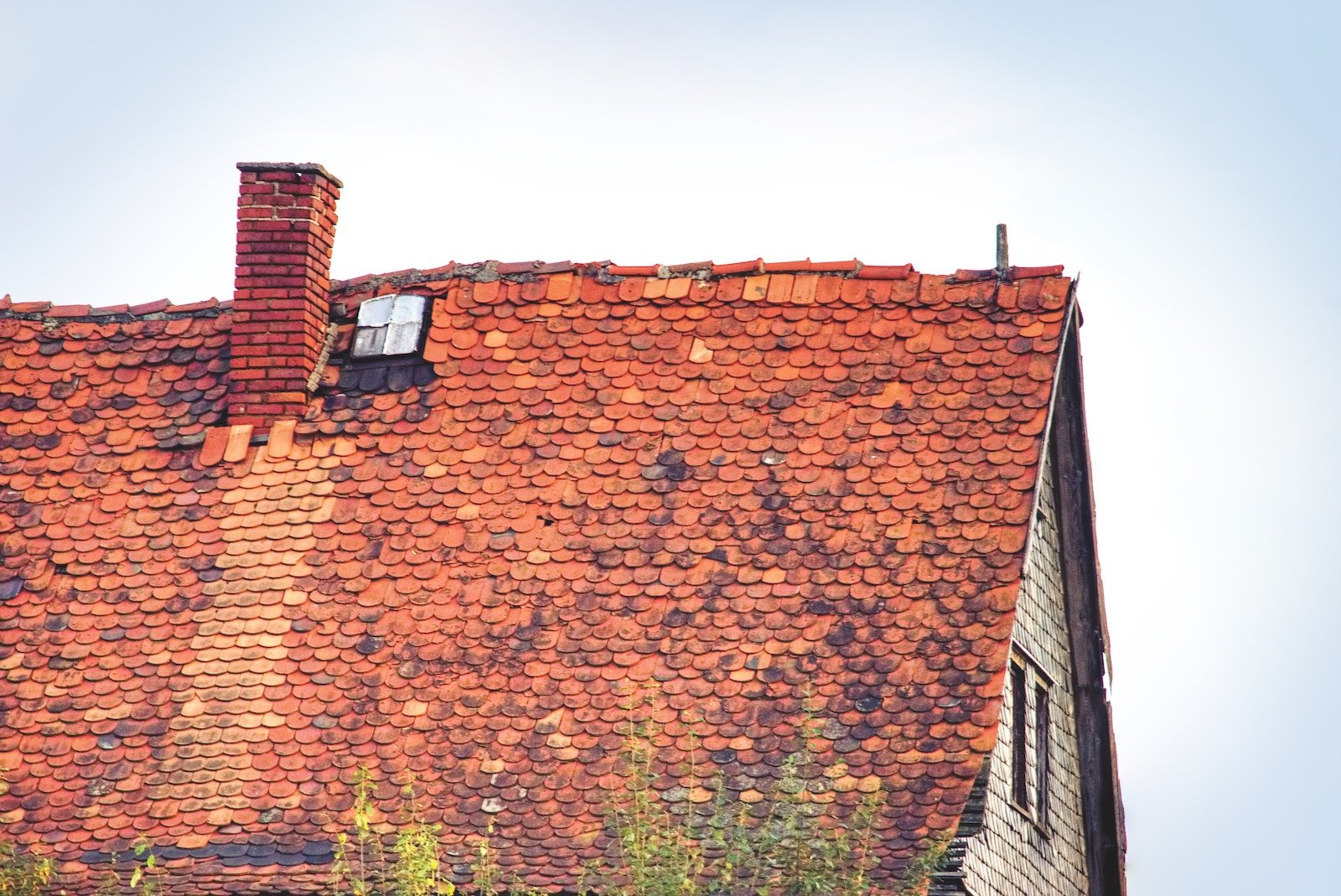 Photo by Simon Maage on Unsplash
Photo by Simon Maage on Unsplash
Get the most life out of your roof with a proactive approach. Keep your roof maintenance checklist updated through regular inspections. Catch minor roof problems early to avoid major repairs. Use safe practices when using ladders or going up on the roof. Above all, don't be afraid to call in a professional to make sure you get the most life out of your roof.



